Some stories absolutely demand the right photos before they are told, and those photos only arrive much later, then it can be difficult to use them for a blog posting, because blogging is theoretically all about the moment. OK, it’s now almost two months since I was in Singapore and the above photograph was taken of me (left) with “Iggy” or Ignatius Chen (middle) and Tan Ying Hsien (right). I was at Iggy’s Restaurant at The Hilton in Singapore on Tuesday, February 3rd for a Riesling dinner in honor of my book Best White Wine on Earth, but, to be frank, I forgot all about my book when the first dish was served. I expected that it would be a really good meal, because friends had told me about Iggy’s Restaurant, but the dinner that evening exceeded my expectations by leaps and bounds. One dish, quail with mushrooms, lily bulbs and black truffles, was one of the most amazing things I’ve ever eaten, but the experience was remarkable even before I put the first forkful of food into my mouth. That’s why it still demands a blog posting.
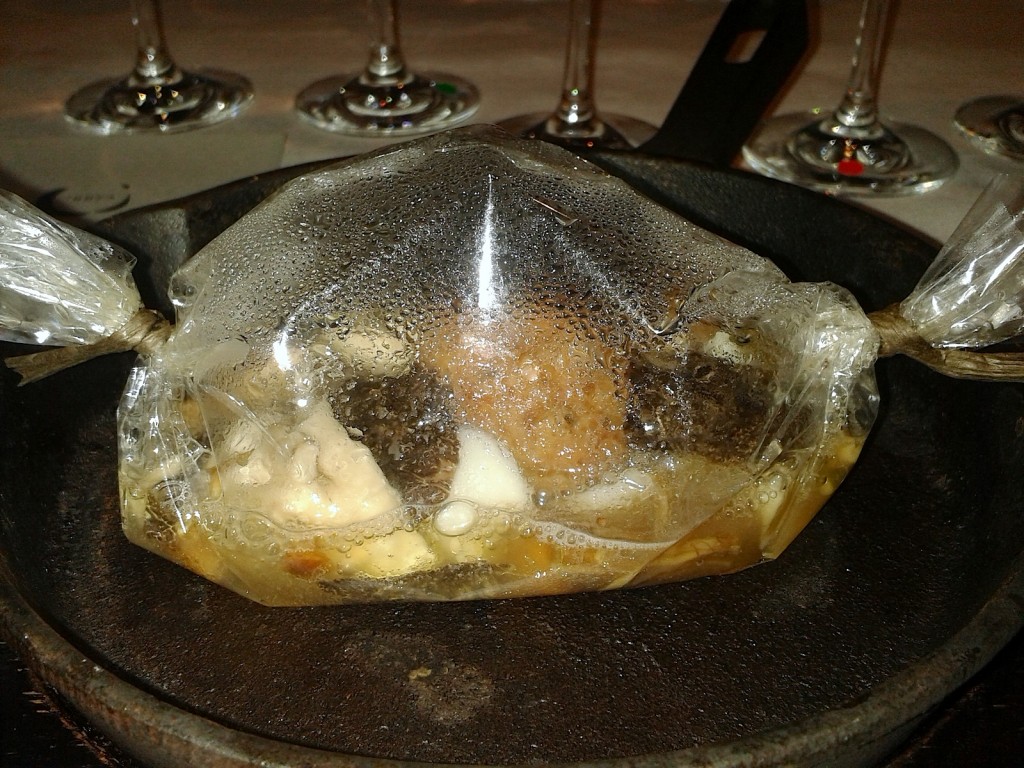 This is what that dish looked like when it was brought to the table: a sealed transparent plastic bag in which broth was boiling because of the heat from the cast iron sizzle plate it was lying upon. That was already a mystery, because if the broth was so hot that it was boiling, then why didn’t that plastic bag melt? However, the overwhelming aroma of black truffle that escaped from the bags brushed this and all other questions aside. I never experienced a truffle smell that intense before, and it would have been worth the evening at Iggy’s just for that experience! Then the bags were opened and we began to eat a dish which had the most captivating contrasts of flavor and texture, yet was direct and uncomplicated too; a miraculous combination. Even the quantity of truffles used was modest, compared with how some fancy restaurants throw the stuff around in order to look important, and to pump up the bill.
This is what that dish looked like when it was brought to the table: a sealed transparent plastic bag in which broth was boiling because of the heat from the cast iron sizzle plate it was lying upon. That was already a mystery, because if the broth was so hot that it was boiling, then why didn’t that plastic bag melt? However, the overwhelming aroma of black truffle that escaped from the bags brushed this and all other questions aside. I never experienced a truffle smell that intense before, and it would have been worth the evening at Iggy’s just for that experience! Then the bags were opened and we began to eat a dish which had the most captivating contrasts of flavor and texture, yet was direct and uncomplicated too; a miraculous combination. Even the quantity of truffles used was modest, compared with how some fancy restaurants throw the stuff around in order to look important, and to pump up the bill.
With this unforgettable dish was served the 2012 Morstein Riesling GG from Weingut Wittmann, one of the most exciting dry Rieslings of that excellent vintage in Germany. I’ve tasted this wine many times, but never did it reveal its dark earthy secrets as it did on that evening. At the end of the evening I felt that I’d not only fully experienced black truffles for the first time, but also the Rieslings from the Morstein vineyard, although I’ve been tasting and drinking them for more than twenty years! That’s what happens when I hit the Riesling Trail and I get really lucky.
As I write this snow is billowing past the window although spring officially begins in just a few minutes. It makes me nostalgic for that evening in Singapore with Iggy, Ying, that amazing dish and beautiful wine! Many thanks to both of you for making that moment of revelation possible. Also thanks to Michael & Tina Thurner in Vienna and Unique Food and Wine in Singapore for organizing that dinner. Thanks Tina for the photos.

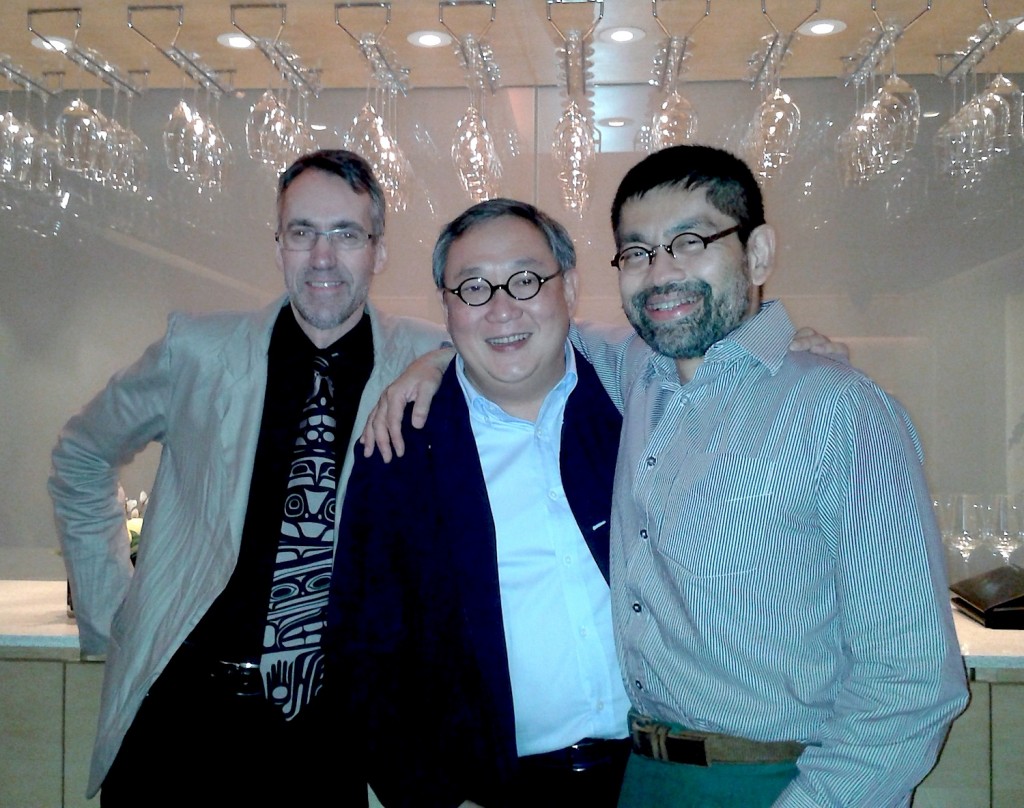
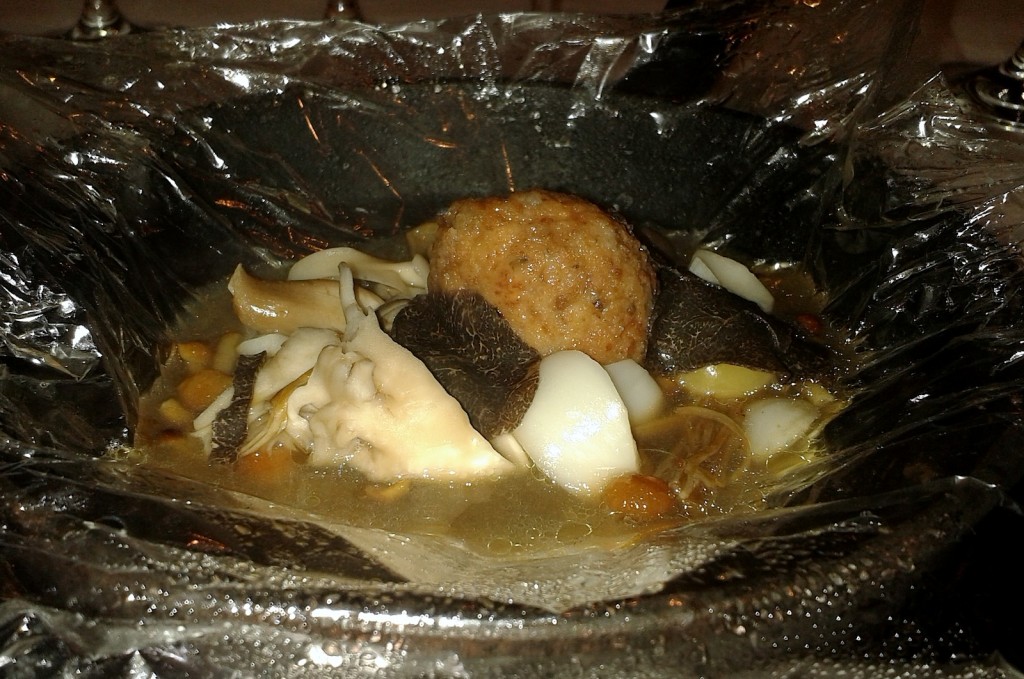
![120114_riesling_global_RZ [1600x1200]](http://www.stuartpigott.de/wp-content/uploads/2015/03/120114_riesling_global_RZ-1600x12007.jpg)
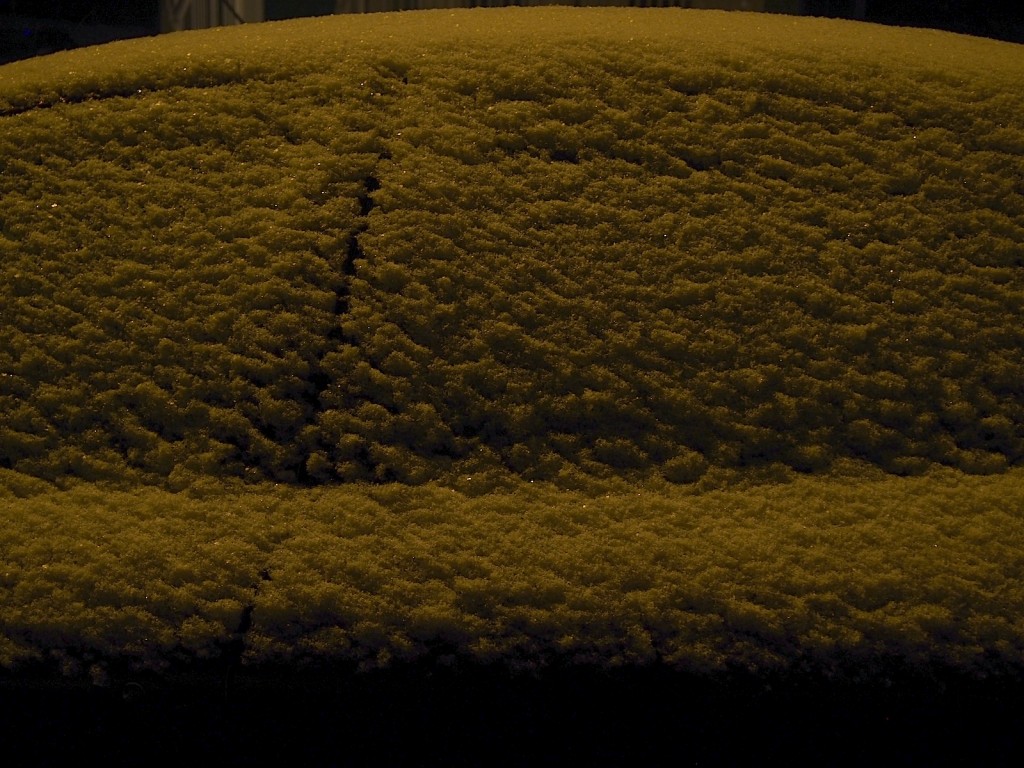
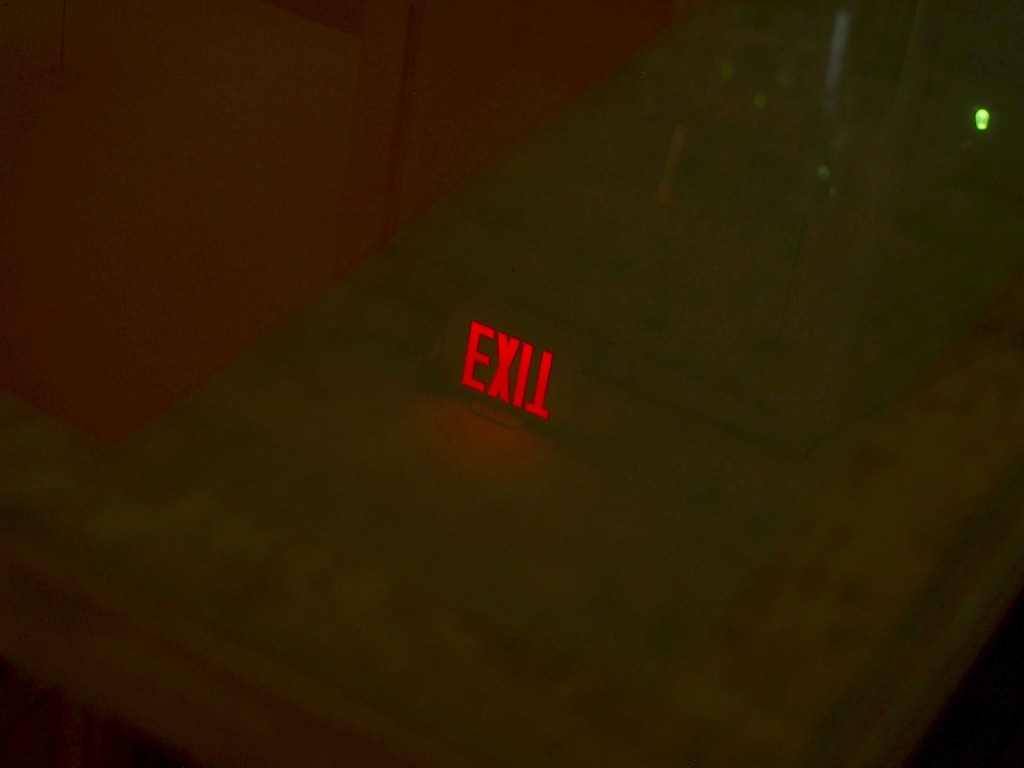
![120114_riesling_global_RZ [1600x1200]](http://www.stuartpigott.de/wp-content/uploads/2015/03/120114_riesling_global_RZ-1600x12006.jpg)
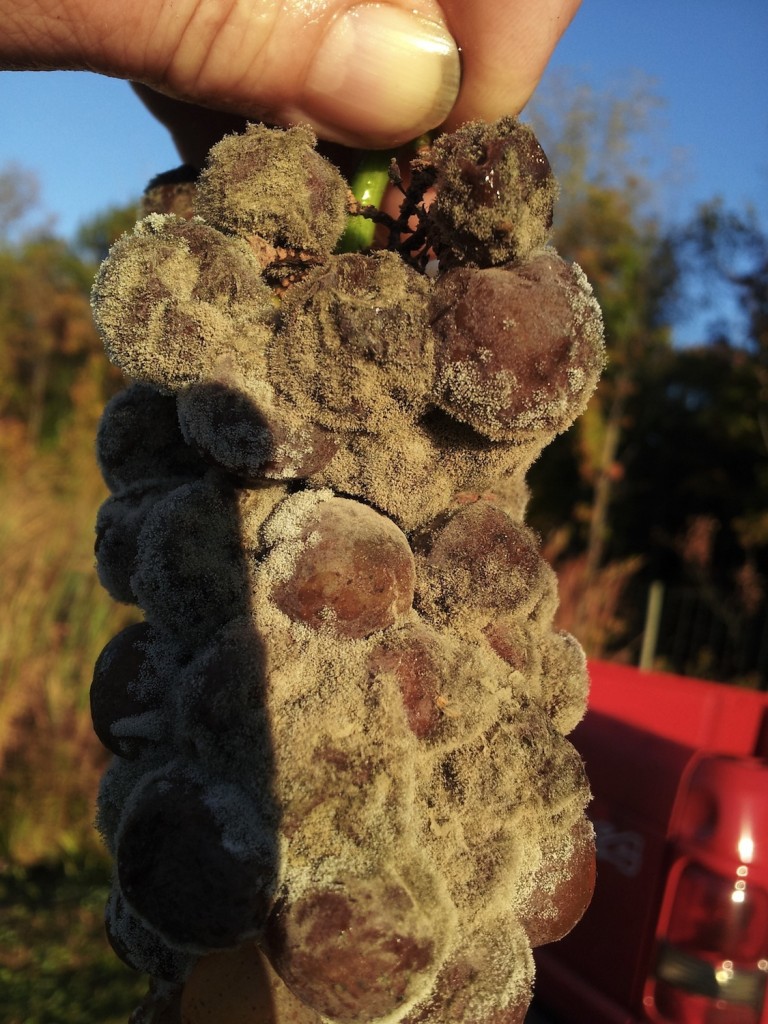
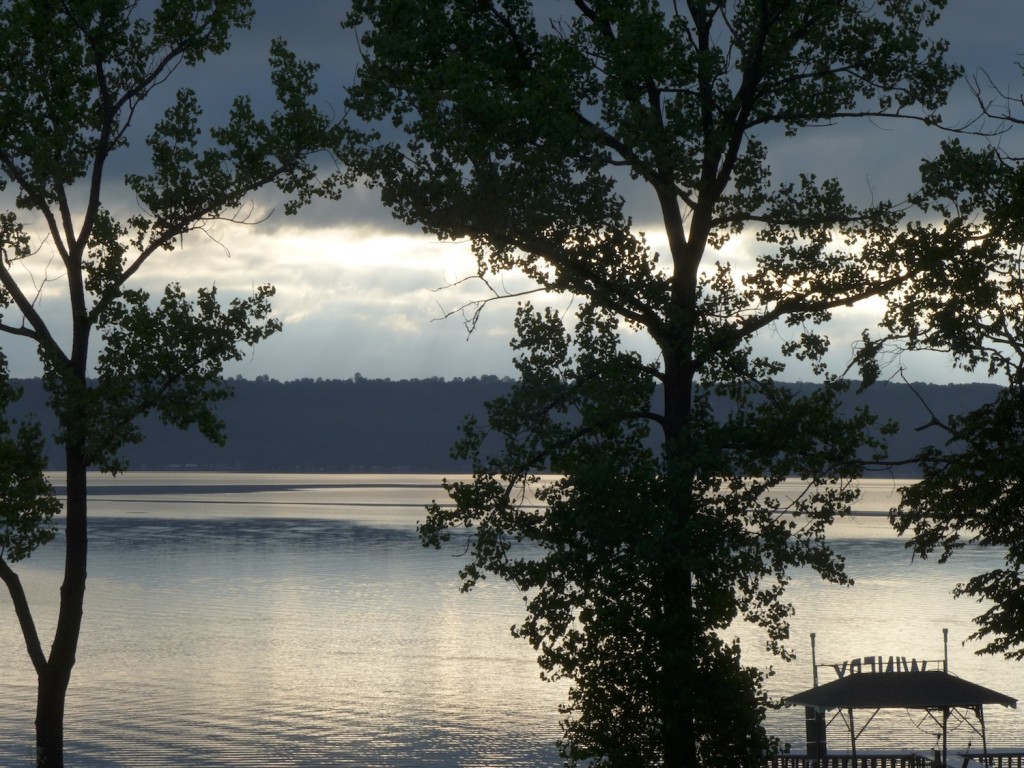
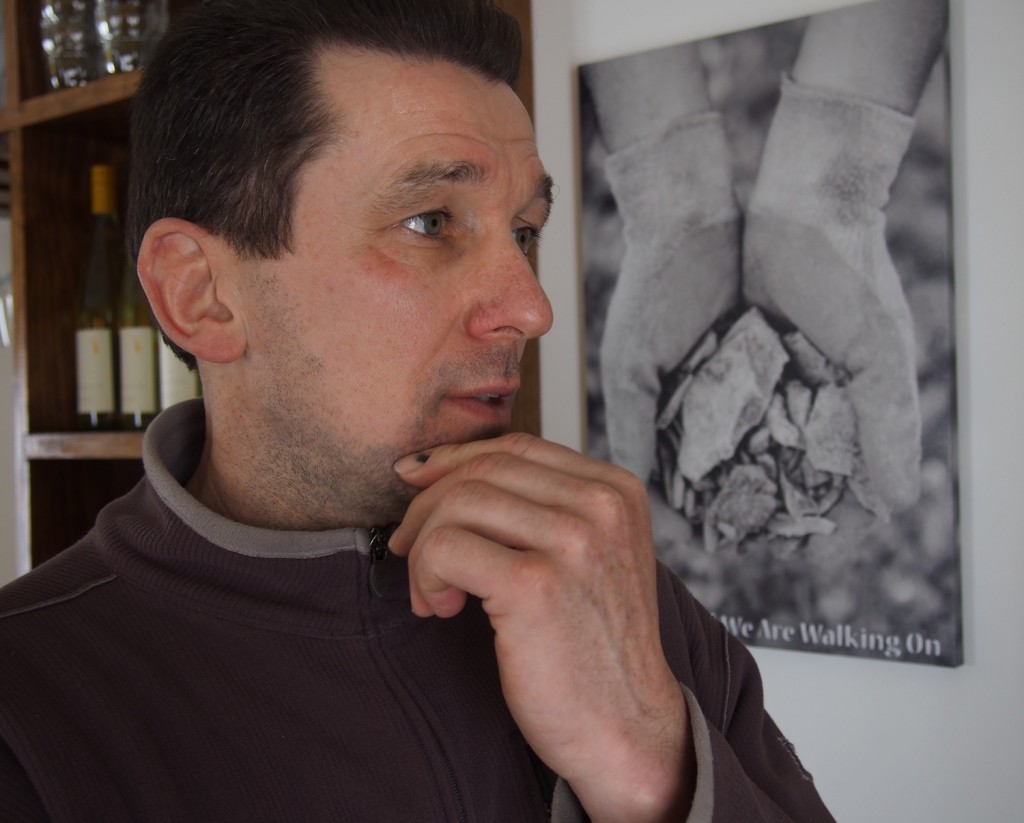
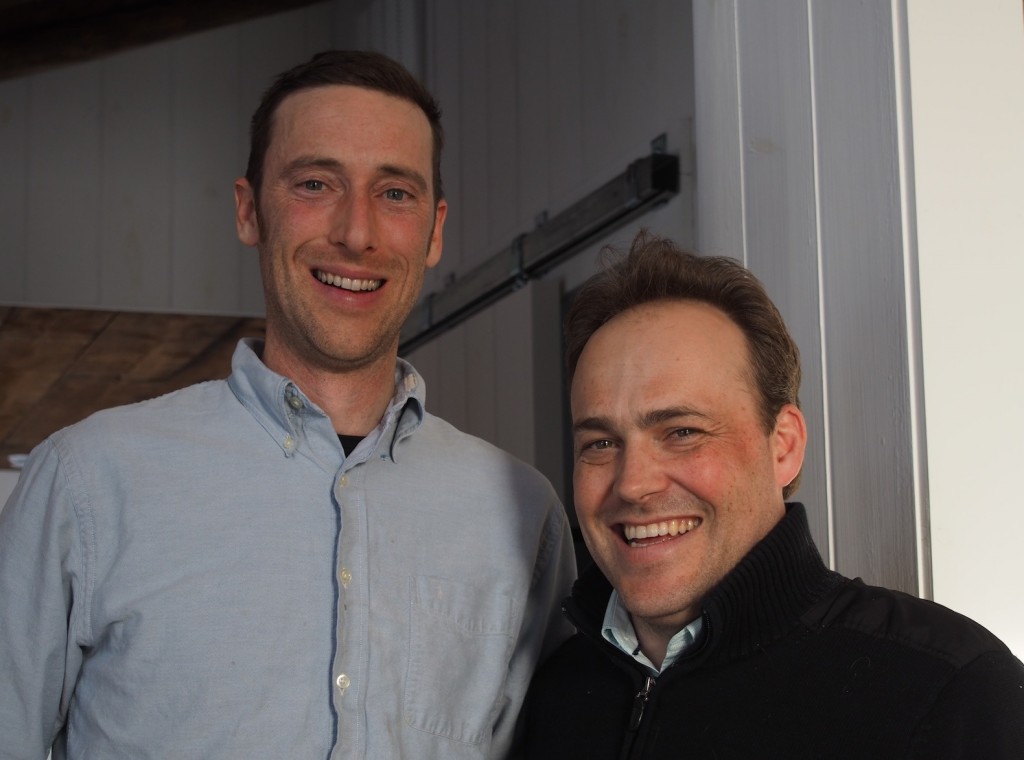
![120114_riesling_global_RZ [1600x1200]](http://www.stuartpigott.de/wp-content/uploads/2015/03/120114_riesling_global_RZ-1600x12005.jpg)
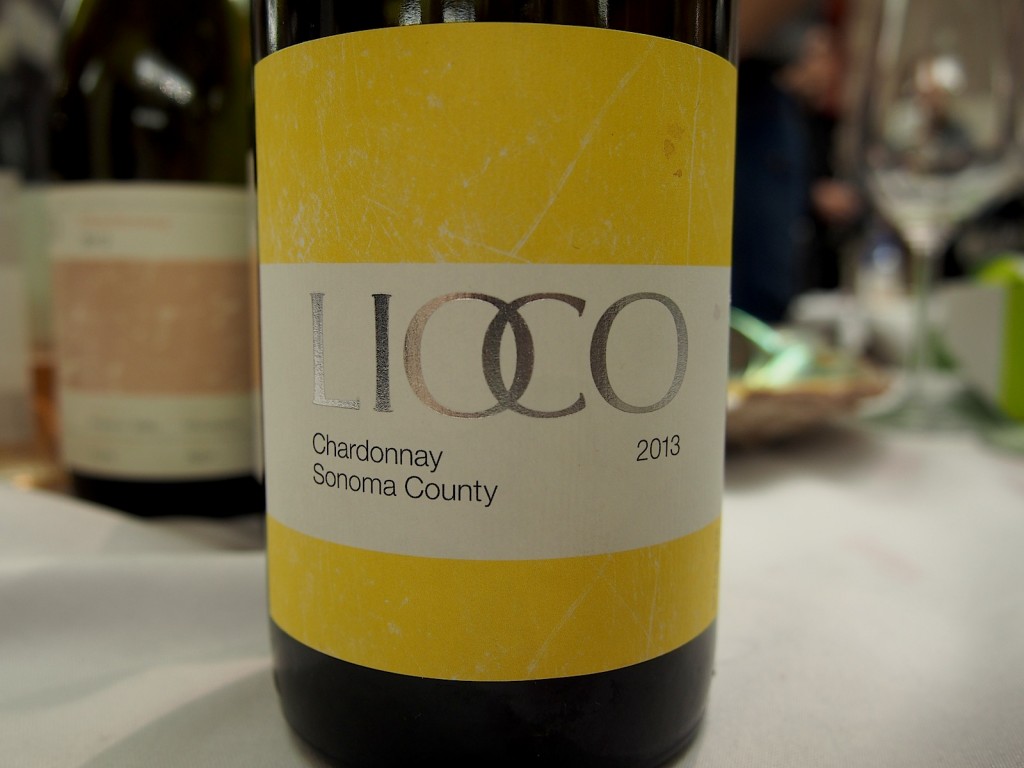
![120114_riesling_global_RZ [1600x1200]](http://www.stuartpigott.de/wp-content/uploads/2015/03/120114_riesling_global_RZ-1600x12003.jpg)
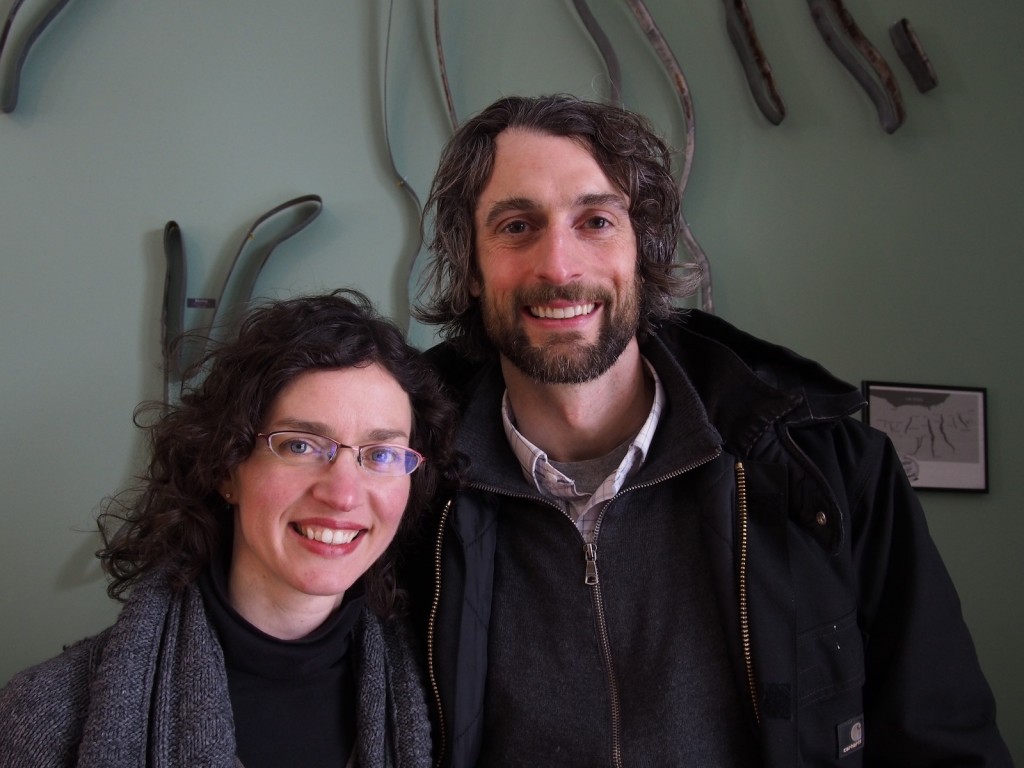
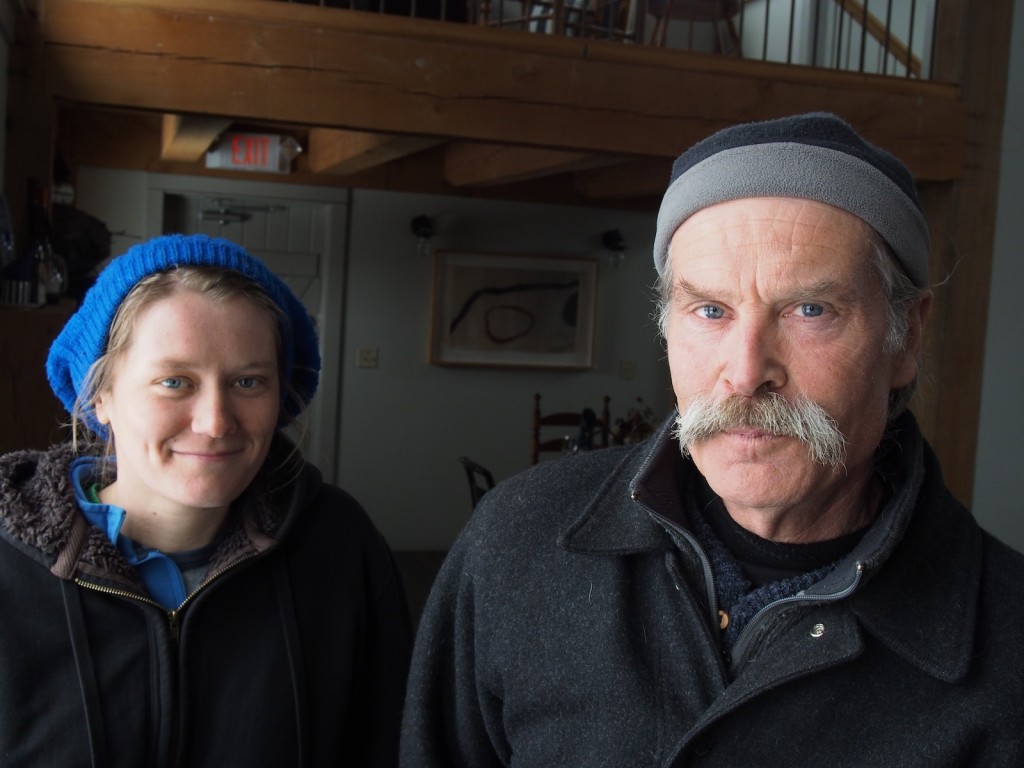
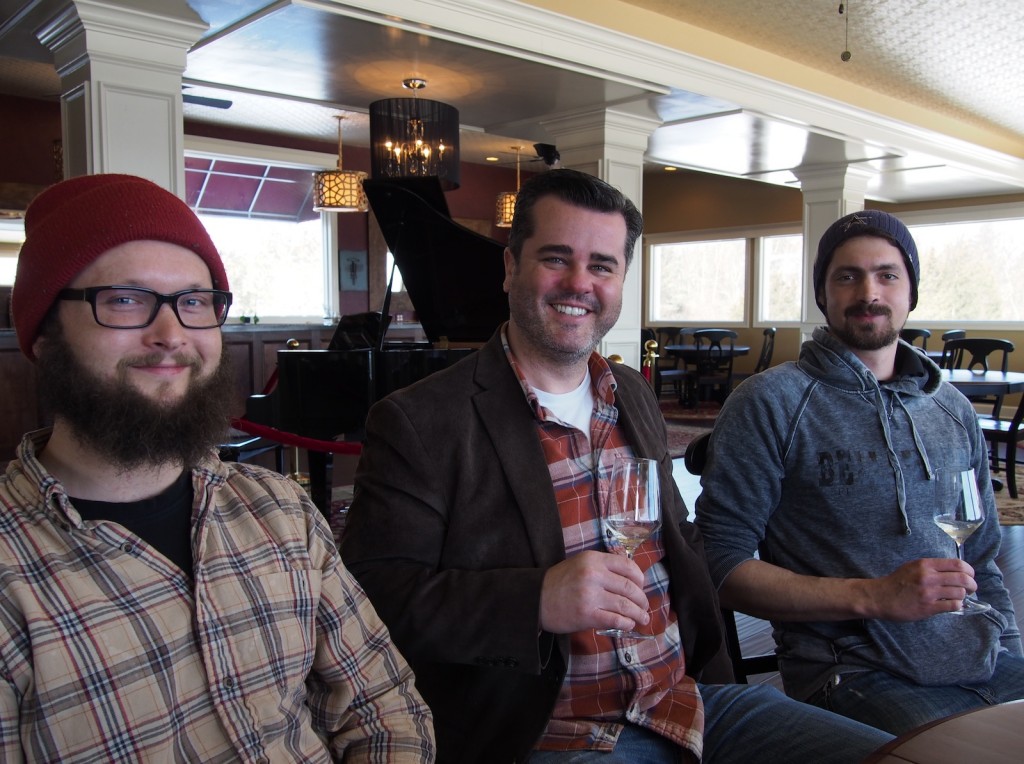
![120114_riesling_global_RZ [1600x1200]](http://www.stuartpigott.de/wp-content/uploads/2015/03/120114_riesling_global_RZ-1600x12002.jpg)
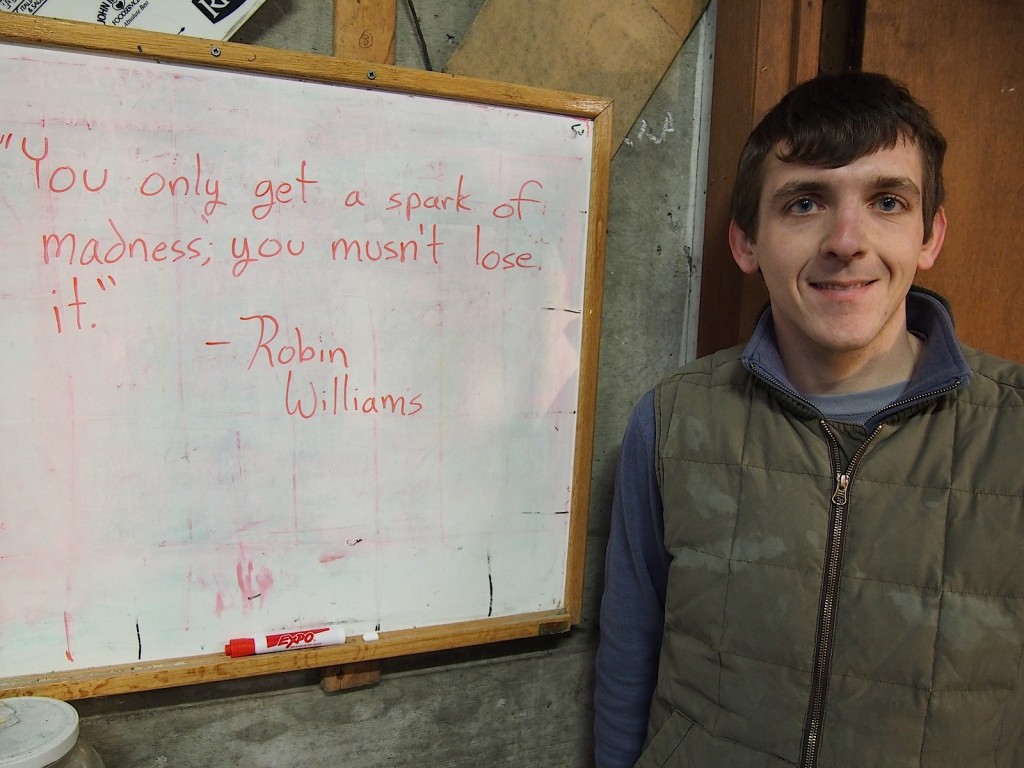
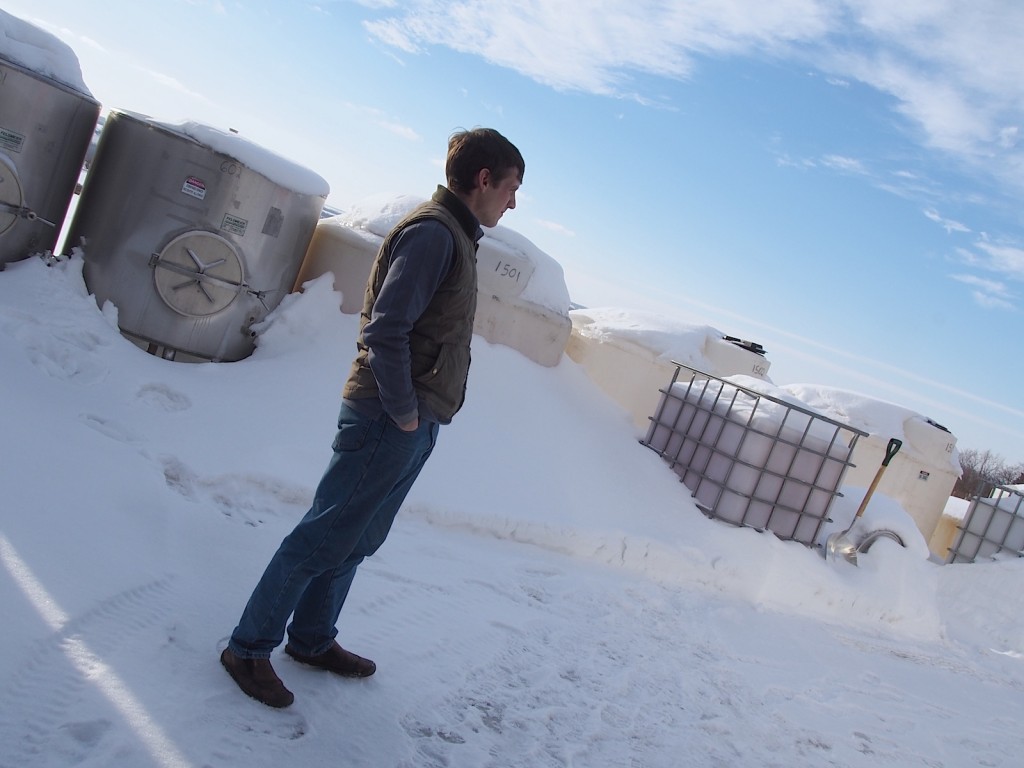
![120114_riesling_global_RZ [1600x1200]](http://www.stuartpigott.de/wp-content/uploads/2015/03/120114_riesling_global_RZ-1600x12001.jpg)
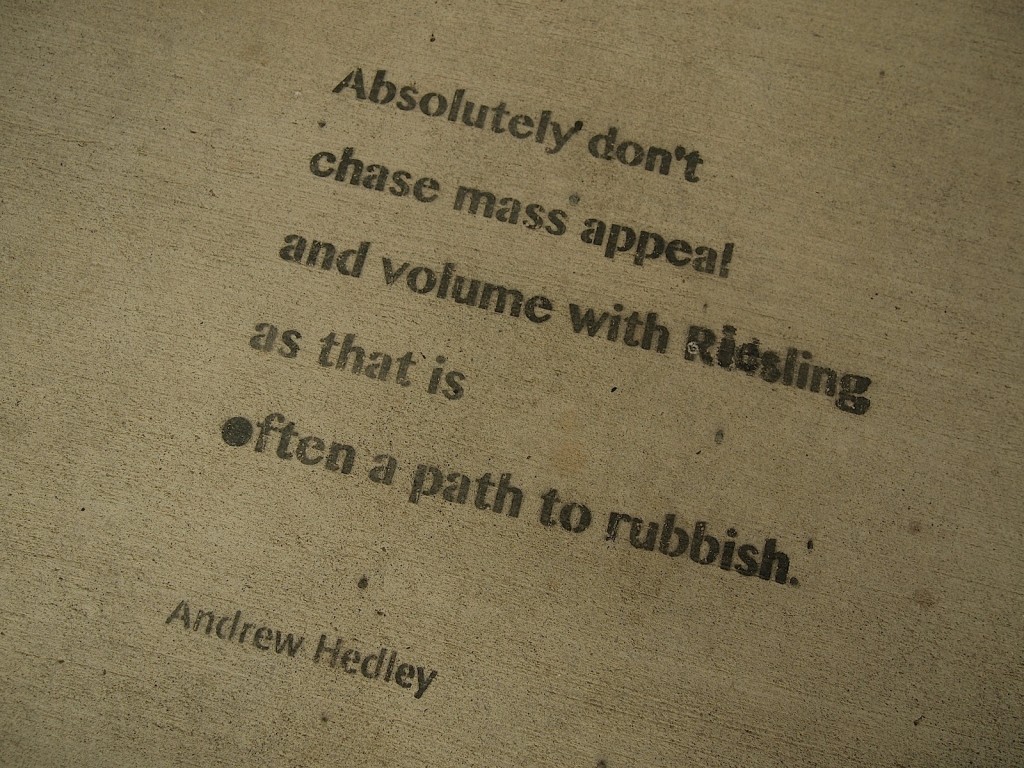
![120114_riesling_global_RZ [1600x1200]](http://www.stuartpigott.de/wp-content/uploads/2015/03/120114_riesling_global_RZ-1600x1200.jpg)
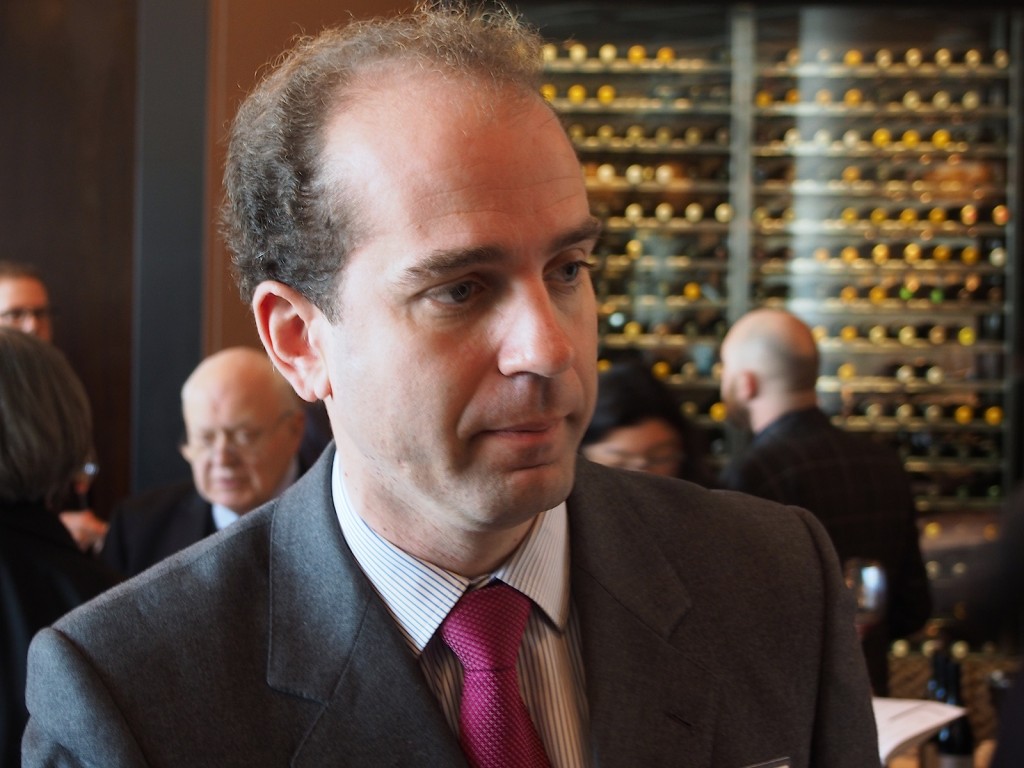
![120114_riesling_global_RZ [1600x1200]](http://www.stuartpigott.de/wp-content/uploads/2015/02/120114_riesling_global_RZ-1600x120012.jpg)
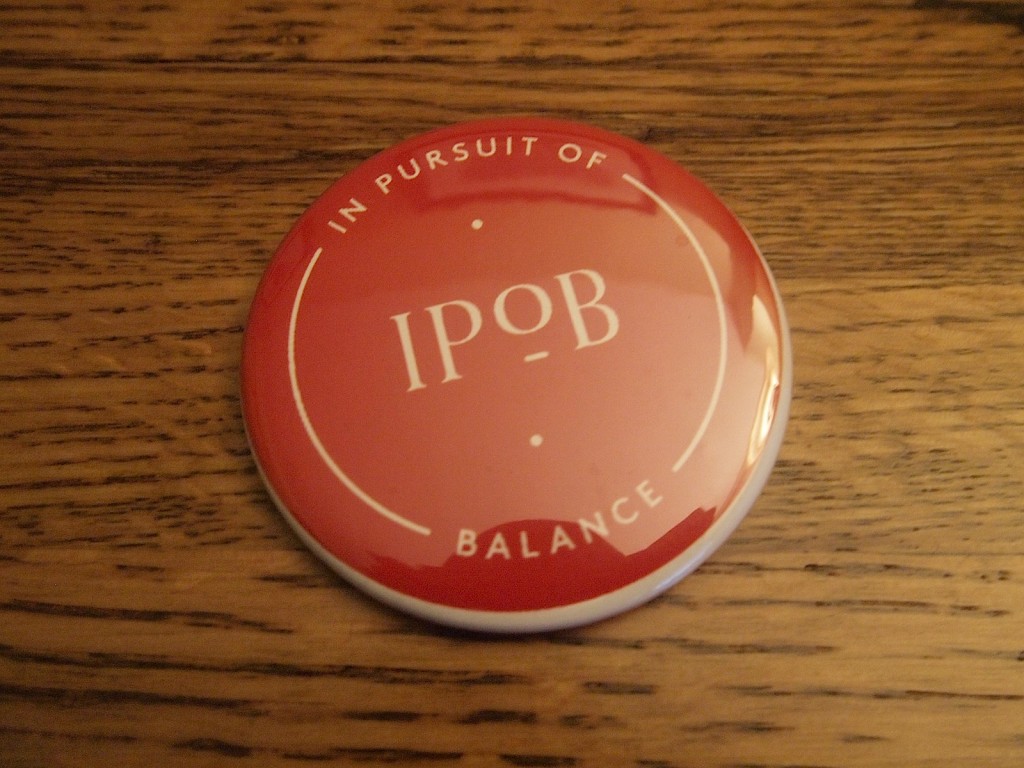
![120114_riesling_global_RZ [1600x1200]](http://www.stuartpigott.de/wp-content/uploads/2015/02/120114_riesling_global_RZ-1600x120011.jpg)
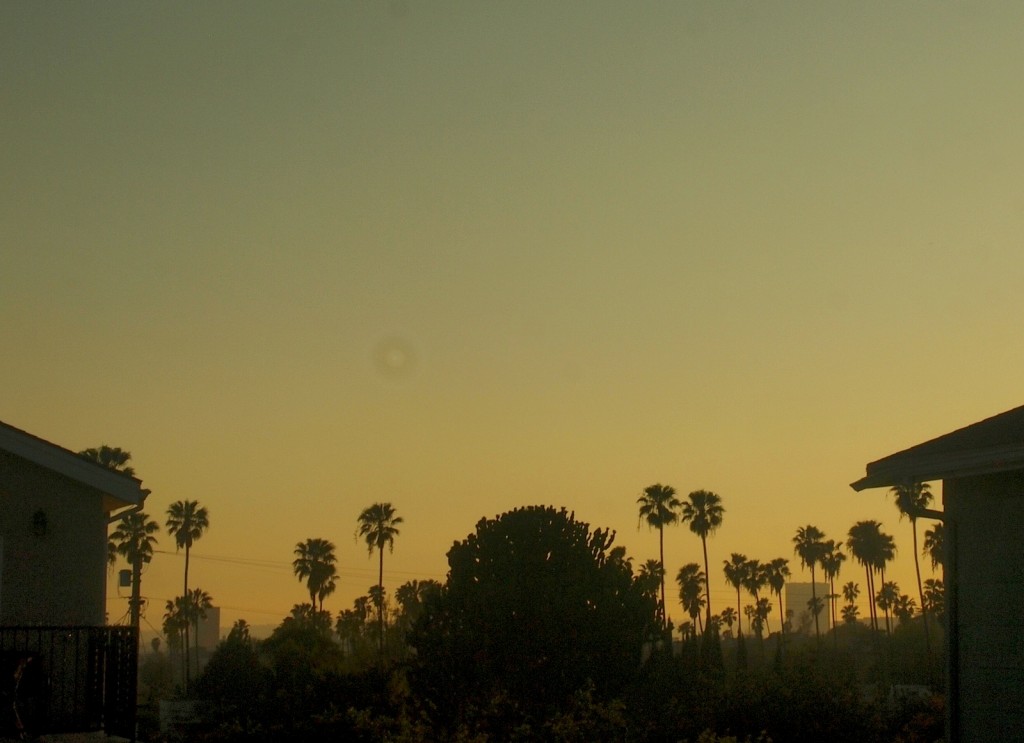
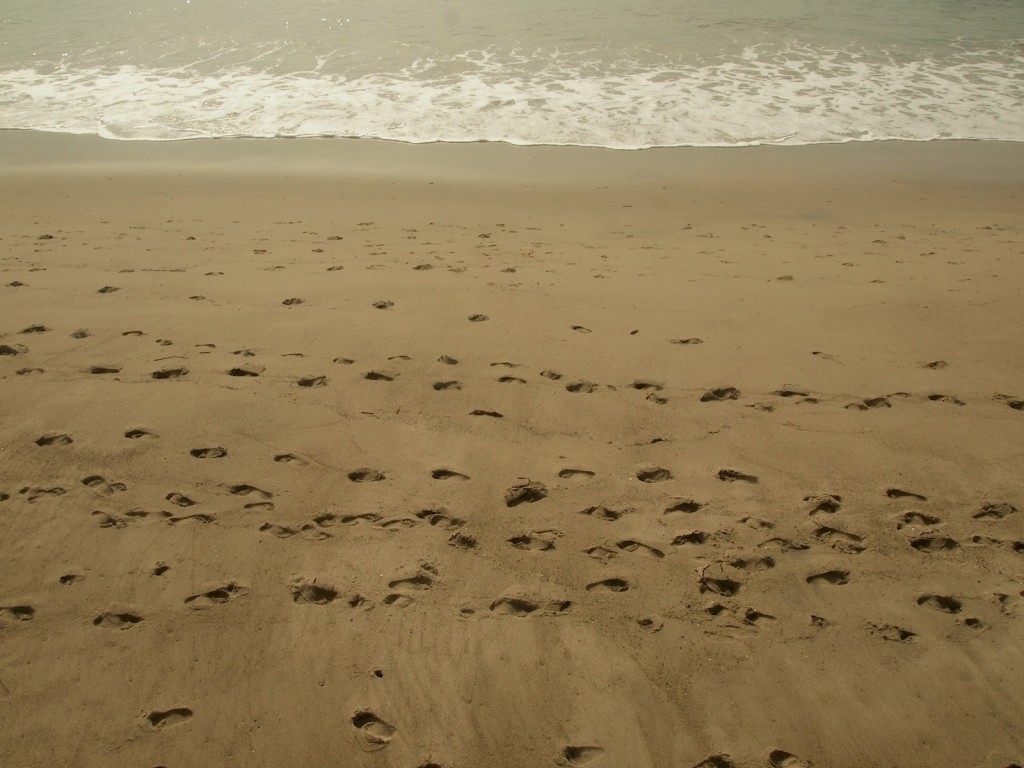
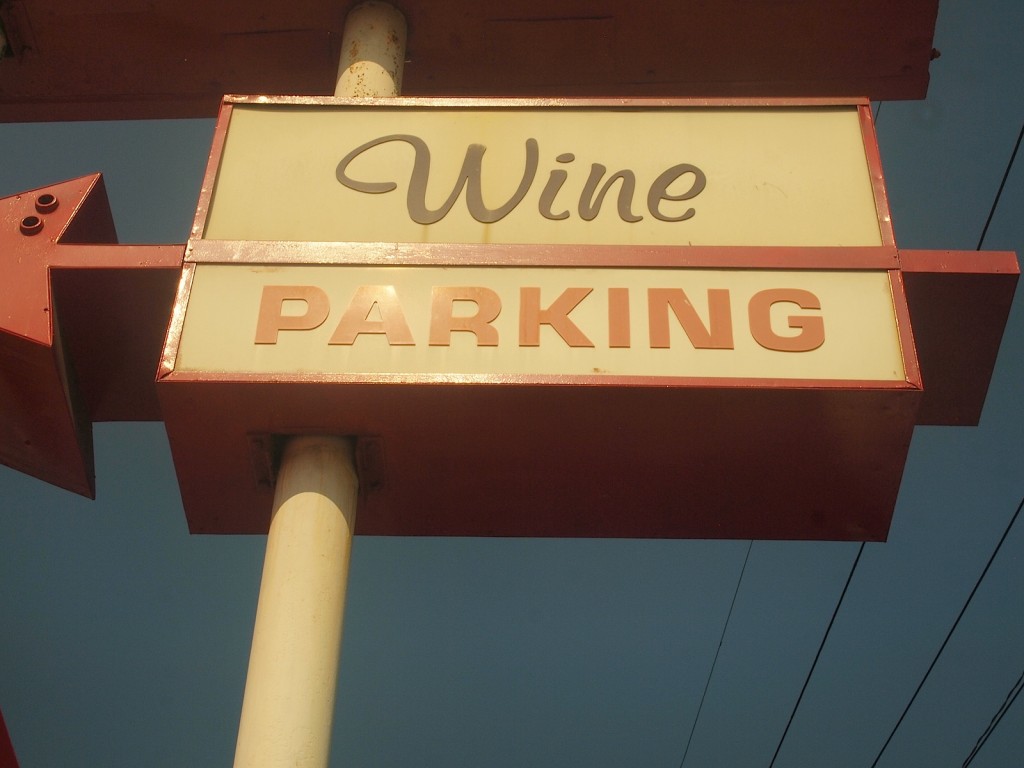
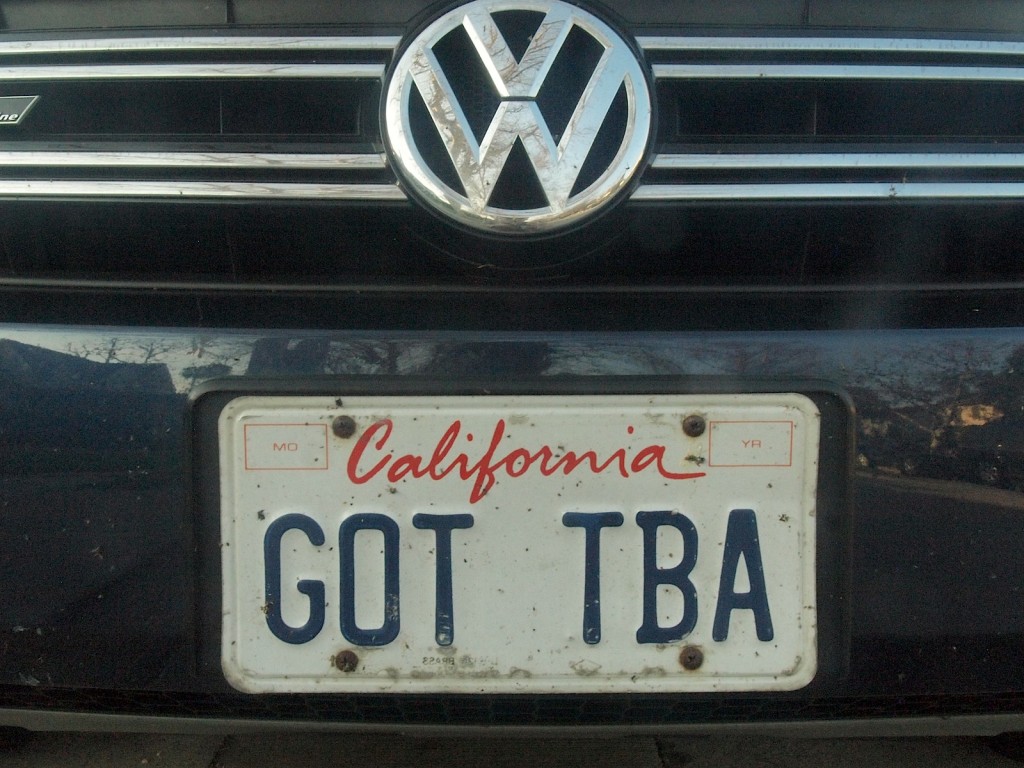
![120114_riesling_global_RZ [1600x1200]](http://www.stuartpigott.de/wp-content/uploads/2015/02/120114_riesling_global_RZ-1600x120010.jpg)